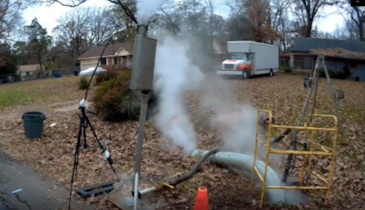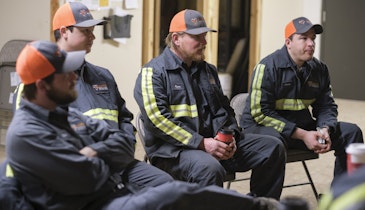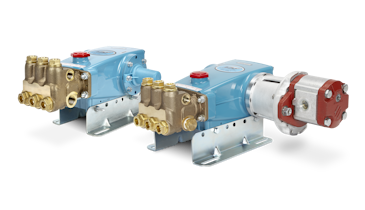Many view training as an unproductive but necessary evil. Not true. The Construction Industry Institute found that productivity increases by 11 percent for every 1 percent of project labor budget invested in training.
Every worker — from the green rookie to the seasoned veteran — can benefit from some level of training on the job site. The trick is to streamline the process so that it’s less disruptive and literally “on the job,” where both the trainer and trainee can be productive. Construction wireless headsets can help.
Get in the field
Whether you’re training one new worker, a subcontractor or a whole new crew, classroom training will only get you so far. Training in the field embeds the material deeper into your employees’ understanding. Classrooms are great for theory. Job sites are better for real-life applications. Training employees with wireless headsets frees you up to work in the classroom or on the job site while keeping trainers and trainees connected at all times.
Help the rookie
Laborers, apprentices, interns and other workers new to a job site have so much to learn about their specific responsibilities that safety and workflow processes can be overwhelming. The ability to hear clearly in high-noise areas combined with the ability to ask questions at-will can keep them focused.
Improve the experience for seasoned veterans
According to Josh LeBrun of eCompliance, safety starts at onboarding. Even if a worker is an experienced professional, his first few days working for your company are “your greatest opportunity to familiarize them with your safety culture.” With wireless headsets, you don’t have to tie up that expensive, productive experience in a classroom. After a brief overview of safety and workflow for your job site, put them to work doing what they do best. You can continue training while the work gets done, with wireless headsets that let trainers deliver instructions and answer questions in the moment.
A must-have “buddy system” component
The “buddy system” is a common training tactic on job sites. Part one is to simply pair a trusted experienced employee with a new one and let the know-how trickle down. Outfit buddies with wireless headsets to increase participation, limit disruptions and accelerate the knowledge sharing. You can even give each team its own channel.
Part two is to immediately transition trainees into trainers. This will help reinforce what they’ve just learned from their experienced buddy. In other words, it keeps the knowledge from going in one ear and out the other.
Ongoing assessments
Especially for employees new to the industry or apprentices, construction training is a part of the job. Wireless headsets make it easier to integrate field assessments into the normal workflow, which also reduces the pain of taking a worker out of productivity for a classroom or written assessment.
Personalized approach
Every worker brings his or her own strengths and weaknesses to the job site. It’s not scalable to create a custom training program for each individual. However, wireless headsets do allow you to apply a training framework to every worker and then personalize elements of that framework. You can empower workers to shore up their own weaknesses and share their strengths with other crew members. This results in more engaged, accountable employees making larger contributions to the project.
Efficient training centers
If your company is large enough to have a centralized training center where trainees gather for intensive training away from the job site, then wireless headsets can make the field training at the center even more authentic. Bring the noise. Cue the organized chaos. Create uncomfortable situations. When communication can still be seamless, you can talk trainees through to success when they fear failure the most.






